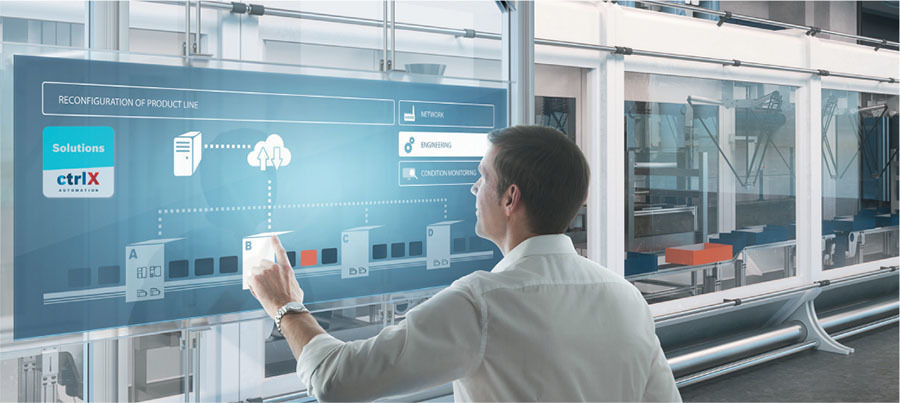Product Spotlight: ECMA
BY
 For the supply chain industry to harness the full power of Industry 4.0, stakeholders must come together to increase the connectivity of material handling equipment and the uniformity of the data it produces. Only then can end users realize the full potential of artificial intelligence, advanced robotics and other technological breakthroughs that promise to streamline operations and make supply chains more efficient.
For the supply chain industry to harness the full power of Industry 4.0, stakeholders must come together to increase the connectivity of material handling equipment and the uniformity of the data it produces. Only then can end users realize the full potential of artificial intelligence, advanced robotics and other technological breakthroughs that promise to streamline operations and make supply chains more efficient.
That’s a message from the Electrification and Controls Manufacturers Association (ECMA), the only industry group that works with the American National Standards Institute to create industry standards for electrification and controls equipment.
The ECMA, an MHI industry group, includes original equipment manufacturers, technology integrators and end users working to be recognized as the guiding authority on electrification and electrical control systems for the material handling industry. Its work includes developing educational materials, collecting and distributing industry statistics and reviewing and revising equipment standards.
The ECMA is chaired by Jason Looman, president of MHI member Scanreco North America, a supplier of radio remote control systems. At the MHI Annual Conference in October, the group elected a new vice chair, Dan Barrera, product manager at Bosch Rexroth, which supplies drive and control technologies. Together, they’re about to lead ECMA on an ambitious project.
In any manufacturing facility, distribution center or warehouse, you’re likely to find several different brands of material-handling equipment, Barrera said. Complicating matters, each piece of equipment might contain several different brands of controls, input/output devices, drives, motors, scanners, vision systems and other components.
Standardizing these hardwired connections would make it easier for end users to feed their data into the cloud, where enterprise resource planning software and warehouse management systems can perform analysis and reveal insights. For that to happen, however, industry stakeholders would have to agree on a common form of structured data, which can then be shared in real time among devices to optimize operations, Barrera said.
That’s the two-pronged challenge facing the ECMA—getting OEMs, integrators and end users to agree to guidelines to standardize both the connectivity of equipment and the way it reports data.
“All those components from different machines need to connect together to populate the data that you need to put in the cloud,” Barrera said. “And that’s where the magic happens because then you can use AI, predictive maintenance, conditions monitoring, report generation, real-time dashboards and so on. The control systems have to connect horizontally and then connect downward to all these other components.
“I don’t know of any production shop floor that has all of its equipment and components coming from the same brand,” Barrera added. “If we have a common way to connect and exchange data in real time, it will make it simpler when it comes to commissioning and integrating systems into a production shop floor.”
 MHI Solutions Improving Supply Chain Performance
MHI Solutions Improving Supply Chain Performance
